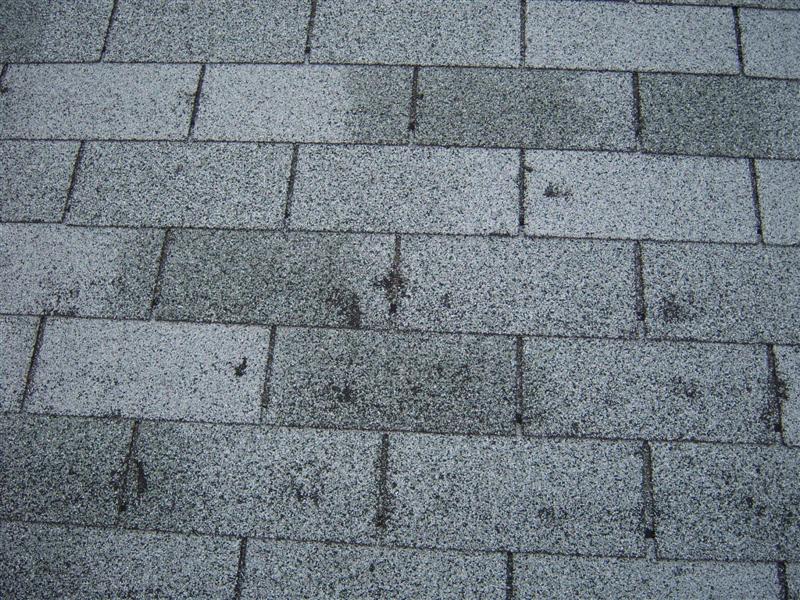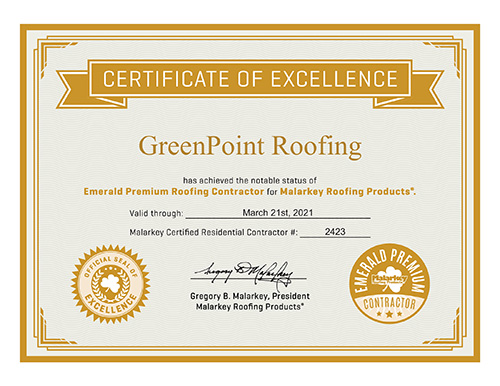How can I tell if my roof has hail damage

As a homeowner, it is important to keep up with maintenance on your house. However, it can be particularly challenging for ordinary people to tell if their roof has hail damage. After major storms or bouts of bad weather, it is usually quite obvious if your roof has suffered serious damage from the wind, rain, and falling debris. You may notice broken tiles, fallen branches on your roof or visible water damage on your ceiling. Hail damage, on the other hand, is not easily identifiable and usually requires the trained eye of a professional to analyze correctly. Although you may not notice any detrimental effects immediately after a hail storm, the damage done to your roof will show itself eventually, through the gradual weakening of the seal made between the interior and exterior of your home.
Although it is recommended to hire a professional roof contractor to carry out a formal inspection for hail damage, it is useful for a homeowner to be able to spot the tell-tale signs themselves. Different materials will present different signs of damage. If you spot any of the evidence mentioned below, you should contact an experienced roofer to carry out an analysis without delay. If you think, there is a chance your roof has suffered hail damage you should also contact your insurance company as soon as possible for the best chances of getting compensation. An extended lapse in time between the actual hail storm and report of the damage can be enough for some companies to deny your claim.
To tell if your roof has hail damage, firstly look at the gutters and any vents or flashing made from soft metal. The impact of hail often can be most easily seen by dents made in sheet metal. The ridge-cap of your roof offers a flat surface and may be the best location to get a clear view of dents made. The size of these dents can indicate the size of the hailstones. Another basic indication of the presence of hail is burnished marks left on metal, wood or other surfaces. These occur when the impact of the hailstone removes a layer of dirt, fungus or oxidation. Again these marks can be a good indicator of the size of the individual hailstones and the direction in which they fell.
Depending on the type of slates of shingles you have, you can see distinctly different signs of damage. Composition shingles will often present dimples or shallow dents. If you press these gently with a finger and meet you with little resistance from the material below, this shows signs of advanced deterioration. Asphalt shingles hit by hail will lose the top coating of granules, leaving the under surface exposed to the elements and more likely to eventual breakdown. As asphalt ages, it dries out and becomes more brittle. Large hailstones can cause asphalt shingles to crack, especially in older roofs. The cracks caused by hail impact are often in a circle or spiderweb shape.
These are the very basic ways of telling if your roof has hail damage. If you notice any of these signs and want to proceed with an insurance claim, the next step is to hire a roofing contractor such as GreenPoint Roofing to carry out a thorough inspection. We will document any evidence of damage using a roof plan and the required sample area analysis. You will have the best chances of success with your insurance company and compensation for the damage found.














